Last month, Brianna Brochu, a white student at the University of Hartford, was charged with breach of peace and criminal mischief for allegedly harassing her black roommate, Chennel “Jazzy” Rowe, by smearing bodily fluids on her backpack, adding toxic things to her lotion, and putting her toothbrush “where the sun don’t shine.”
A recent survey found that white millennials are more aligned with white people than they are with other millennials in terms of how they feel about the country, Donald Trump, and race. Respondents of all races (and nearly all respondents of color) overwhelmingly indicated that they were embarrassed by the president and afraid of his actions. However, white millennials were evenly divided on the issue of Trump — and an alarming number of them even believed that whites face just as much discrimination as people of color.
If you haven’t been following the news, the fact that some young people in America hold the same antiquated, racist beliefs as their parents may have come as a shock. But an FBI report released earlier this month found that hate crimes jumped by 5% in 2016, with more than half of them motivated by race.
From racist discussions on cable news and social media to the upswing in violence by hate groups like Nazis and the KKK — which was recently caught recruiting at a high school football game in North Carolina — it’s obvious that our country will never simply age its way out of racism.
To find out what, if anything, can be done about this disappointing trend, I sat down with Kelly Wickham Hurst, a former middle school principal and the founder of Being Black at School, a nonprofit advocacy organization focused on addressing the complexities of being a black student in the American education system.
Hurst — who also works as a regional organizer with Crossroads Antiracism Organizing and Training, a group that aims to build antiracist multicultural diversity within institutions and communities — thinks the key to fostering more acceptance and stemming prejudice is tackling the problem head-on at every level and at every institution.
I don’t know if it’s because we’re so connected on social media and we just hear about it more, but there seems to be an uptick in racial incidents in schools. Do you think it’s just because we hear about it more or that it’s actually happening?
I think it's a both/and situation. I think that we are hearing about them more often. I think that there were other reported incidences in the past that people have, and it’s much like the #MeToo conversation, right? People were like, “I’m not going to speak up.” And then you have this groundswell, you have this momentum that’s building, and people go, “OK, I feel safe to say that this particular thing happened to me.”
[quote position="left" is_quote="true"]These incidents have gone up … . But what the data doesn’t talk about are the acts of resistance that are happening in school systems.[/quote]
I also think that students of color, or anyone who lives in the margins who has a horrific incident happen to them, they are more likely to take it to social media to vent about it, and then sometimes those go viral, and then the rest of us will know about a situation that, 20 years ago, would have just been dealt with very quietly by whatever institution had to deal with it.
But I also do not want to let those who believe that they can have this behavior off the hook by suggesting that they’re not also empowered, which I believe they are. So I think that we have two groundswells happening here. One from behaviors and the people who don’t mind engaging in racism and homophobia and xenophobia. And I also think you have people on the other side who are affected by it saying, “I’m telling my story because people need to know that this is happening.”
I don’t want to ascribe the rise of divisiveness and hate completely to Donald Trump because it’s not just him. But how much do you think his election and the backlash to “politically correct” culture accounts for the uptick in these incidents?
I look to things like the Southern Poverty Law Center, [which have] been [collecting] incidences, and we’ve seen the uptick that has happened; specifically, I’m thinking of K-12 schools that have reported those incidents where children were repeating things that they heard from home, like, “Build the wall” and “Go back to your country” and “Now we’re back in power again.”
I believe, just like you do, that Trump is not to be entirely blamed. He’s a caricature version of all the things that I think people of color and anybody [marginalized] — disabled people, LGBTQ people — have all warned about for a really long time. I do believe that he represents that, but you can’t represent something that wasn’t there to begin with.
I know these incidents have gone up. That’s not a figment of our imagination. The data supports that. But what the data doesn’t talk about are the acts of resistance that are happening in school systems and places like the University of Hartford, where horrific things have happened.
How can schools better confront these issues?
A thing that’s been missing in our nation for a very long time is the consequences of those actions. There has either not been a response or the reaction has usually been very muted and very covert. And they need to be overt. They need to be very, very specific.
I know that there are issues with the [Family Educational Rights and Privacy Act] laws that protect students’ identity, but there are things that the school district can say when something awful happens, such as “We are handling this, and here’s how we’re doing that.”
And there needs to be a plan of attack; it can’t just be the consequences for the children that engage in this because it will continue to happen. The next group of kids will take the consequences as well. It needs to be “And here’s what we’re putting in place, and here’s the people who are in the room who [we] are listening to [in order] to fix this very specific issue that we're dealing with.”
Schools do not like to do that. And I think a lot of it is because they don’t know how. They don’t know how to move through a crisis. I think that they’re trying to say, “What is our PR going to say about this? How is this going to make us look? And how do we actually come out smelling like roses when, actually, we just put a fresh coat of paint on some bullshit?” And then expect us not to realize that that was some bullshit that was painted.
I see a huge part of what happens in schools is that fear that people are going to go, “That’s what your organization represents?” Which is why you get those apologies that people put out and say, “This is not who we represent,” when in actuality, it is. It is, and you’ve been representing those people. And you’ve not only represented them, you have codified it, and you have allowed that to happen in a way that continues to perpetuate it.
We do such a terrible job when it comes to that. Schools do some things really well when it comes to looking at incidences and data, which is what research says. They really well know how to respond when your kids in your district are not reading or they’re not doing math up to par. They know how to implement strategies and implement policies that are going to improve it.
We get the data about bullying, about racism, about sexism, about rape culture — we get all that data and we just look at it hopelessly, like, “Oh, isn’t that too bad. We don’t know quite what to do.” And they need to have the same plan of attack for those things as they do for the things like getting kids to pass state exams.
Also, I don’t think communities, especially the communities that might be overwhelmingly white, push back. I think that the people of color push back. I think that marginalized people push back. And then they’re completely shut down [by majority white institutions] because they don’t have any answers for them.
There was a survey that found that white millennials’ attitudes about race are more aligned with older white people than they are with other young folks. This goes against the argument that racism will just die out. How do young white people not fall into this trap? When I think about this stuff, sometimes it feels hopeless.
It feels hopeless. And it feels so interesting that you say that because during trainings with Crossroads, we do a check-in with the participants. Thursday evening and Friday evening, when we’re done, both times the response from people is “This work is really important, and I want to do it, but I feel hopeless. This is too big for us to hit.”
And of course, there’s that old adage: “How do you eat an elephant? One bite at a time.”
It’s something that has to be chipped away at in every institution, at every single level. You have to look at not just symbolic change but identity change in people and then structural change. I think we have this idea in this country that we’re going to get rid of racism if we have equality. And it doesn’t work that way because for us to have equality, white people have to give something up.
That’s why those millennials probably identify the way they do because they think, “I’m not giving anything up here. I still want the high-paying jobs. I still want the house with the 2.5 car garage. I still want all of those things, and I’m not going to give that up in order for equality to happen.”
[quote position="full" is_quote="true"]I think we have this idea in this country that we’re going to get rid of racism if we have equality. And it doesn’t work that way because for us to have equality, white people have to give something up.[/quote]
So that hopelessness is so prevalent, and sometimes I think it’s actually pervasive and that there are some groups of people who want us to believe that it’s hopeless because [then] all of us will just stop fighting [and] there won’t be this resistance movement that we all see happening here.
I think for schools, especially, and the work I do with Being Black at School, there are two things that schools can [and] should work on that, here in Illinois, we are just getting started on. One of them is restorative justice because restorative justice practices force school systems to look at their discipline and consequences for students and say, “How are you actually restoring relationships? How are you restoring people and humanity when a kid of color does something wrong and gets suspended or expelled [...] but a white kid who does the same thing doesn’t?” — which, of course, contributes to that school-to-prison pipeline.
And the second thing that Illinois is doing that all schools should be doing is requiring cultural competencies for all educators — every single one of them — because those numbers haven’t changed at all when it comes to the number of white teachers that are in the building. It still is at a whopping 80% across the nation.
The third thing (I had said there were two, but I’m going to add a third) is that we have to have a really important conversation on how we’re teaching and to decolonizing the curriculum in schools. It continues to be white. It continues to be Eurocentric.
They do a fine job of doing their one month of black history, but quite frankly, American history is made up of far more diverse things than you would know when you look at a history book or when you look at some of the curriculum in schools.
So a decolonizing of curriculum is number one. And I believe we should start in the schools because — I think we should do work at all those levels, like I said earlier — but that’s the work I think schools need to do in order to make some of those changes.















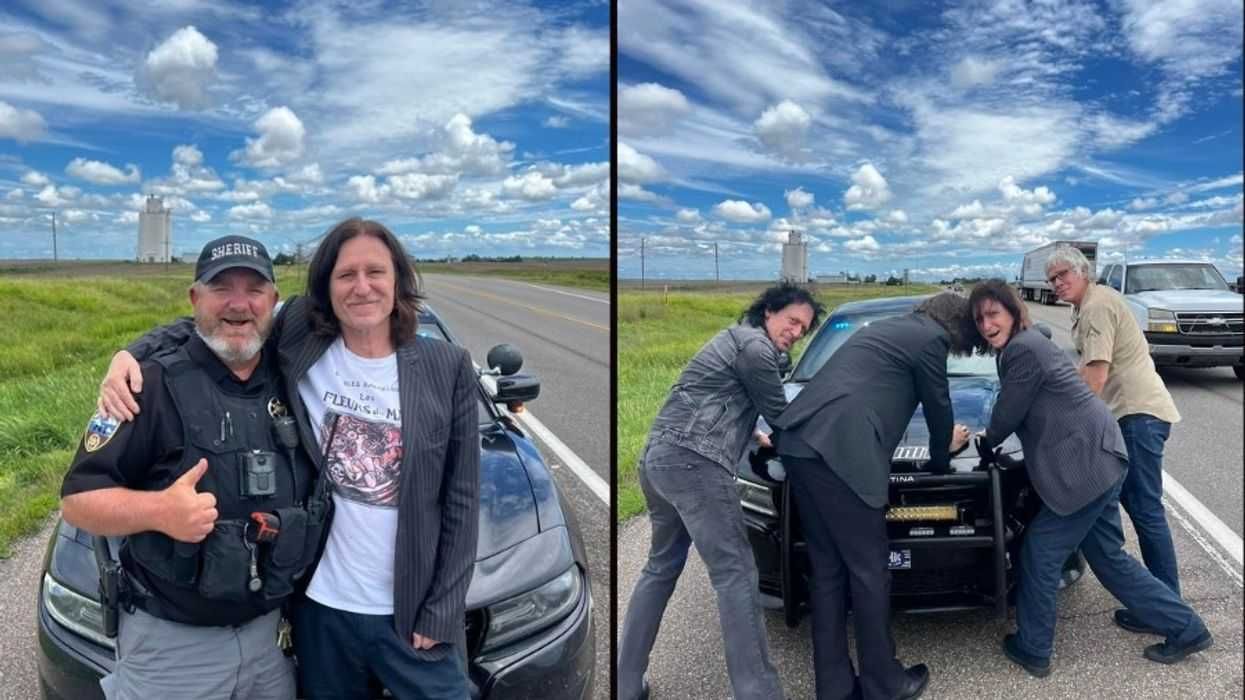
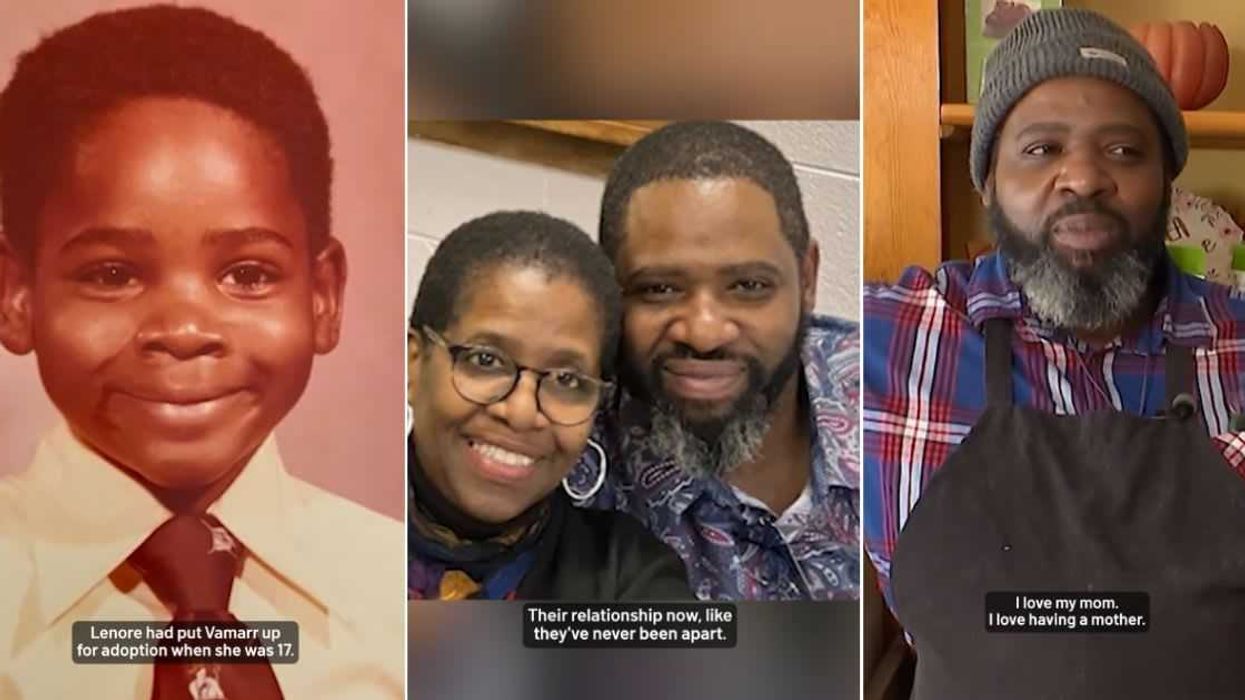
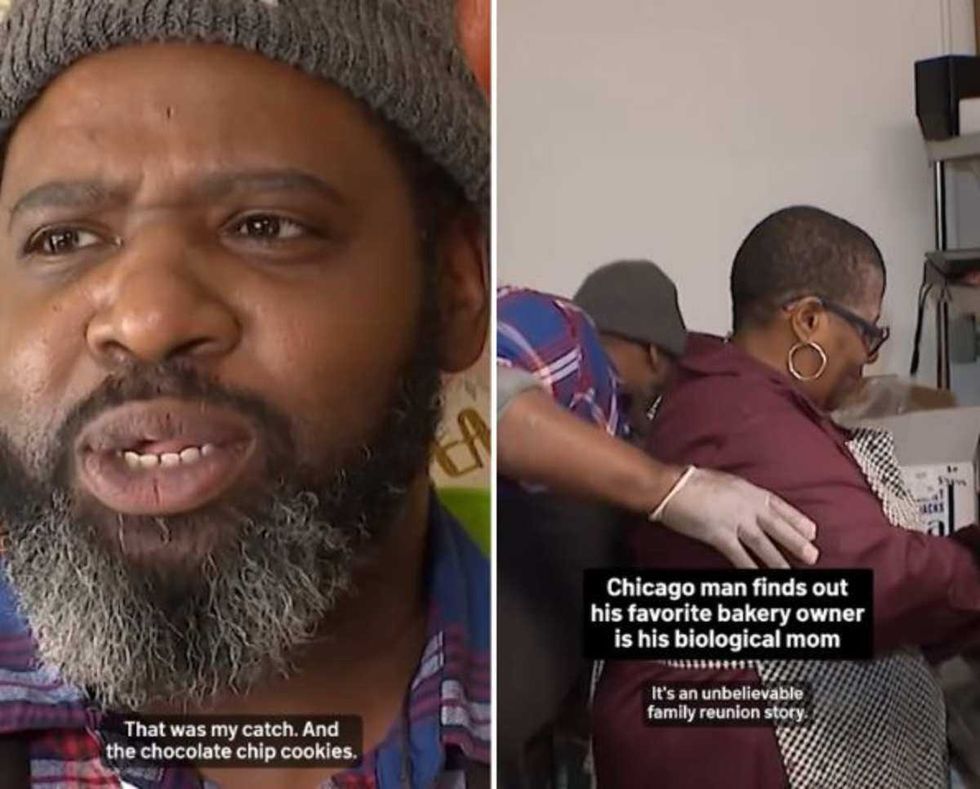 Screenshots of the man talking to the camera and with his momTikTok |
Screenshots of the man talking to the camera and with his momTikTok | 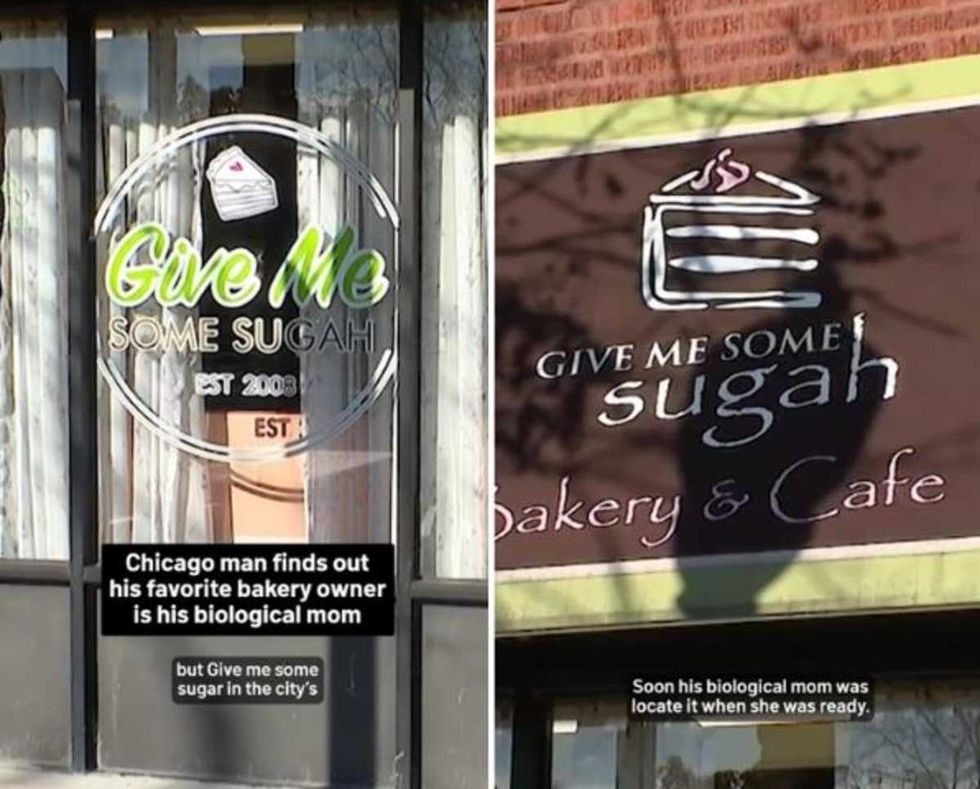 Screenshots of the bakery Image Source: TikTok |
Screenshots of the bakery Image Source: TikTok | 
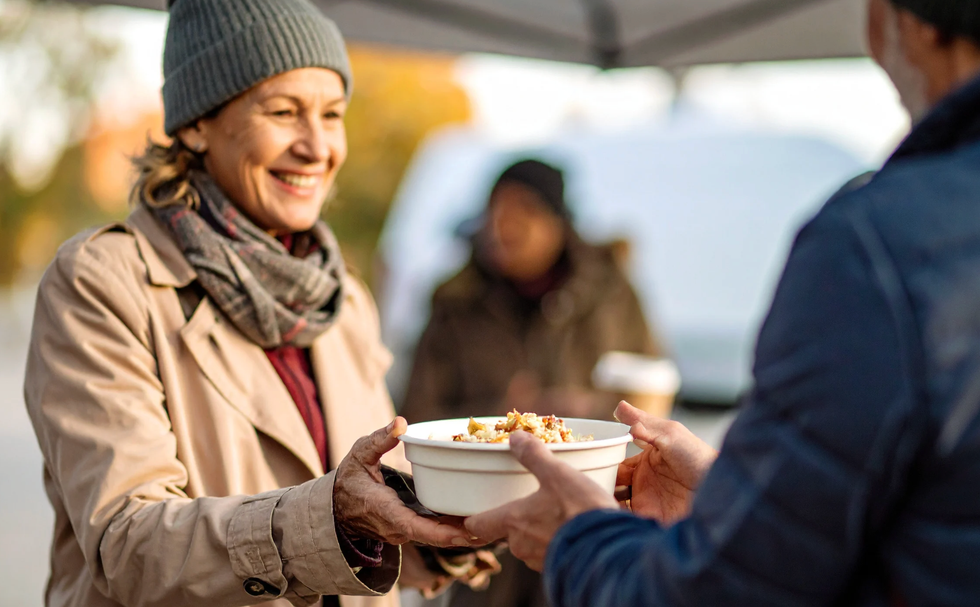 A woman hands out food to a homeless personCanva
A woman hands out food to a homeless personCanva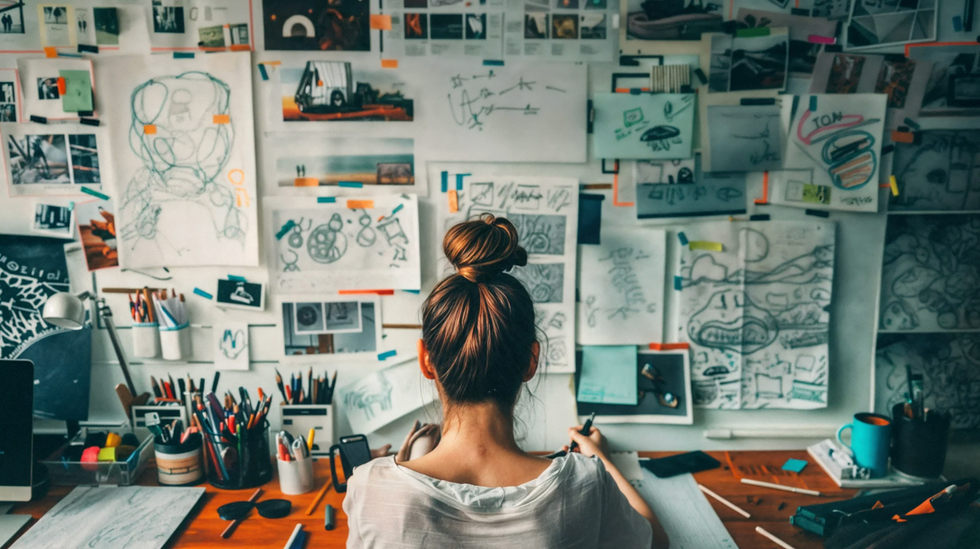 A female artist in her studioCanva
A female artist in her studioCanva A woman smiling in front of her computerCanva
A woman smiling in front of her computerCanva 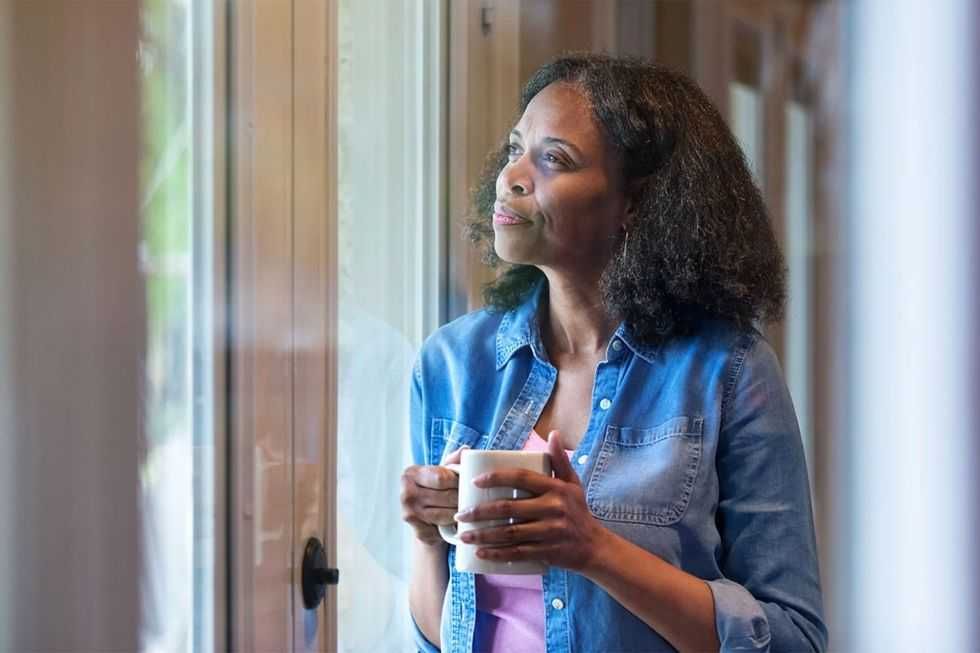 A woman holds a cup of coffee while looking outside her windowCanva
A woman holds a cup of coffee while looking outside her windowCanva  A woman flexes her bicepCanva
A woman flexes her bicepCanva  A woman cooking in her kitchenCanva
A woman cooking in her kitchenCanva 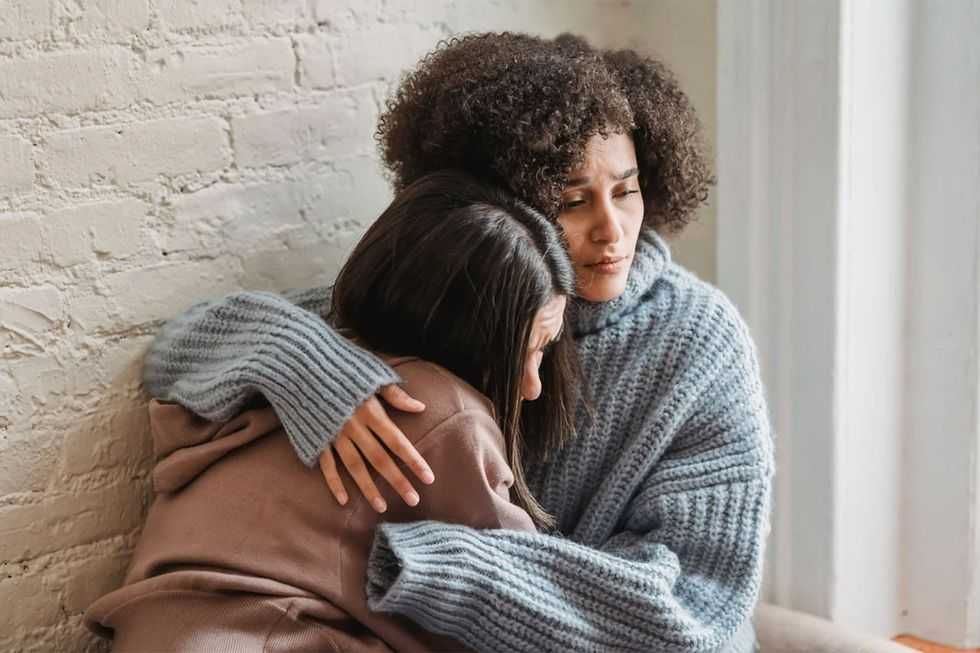 Two women console each otherCanva
Two women console each otherCanva  Two women talking to each otherCanva
Two women talking to each otherCanva 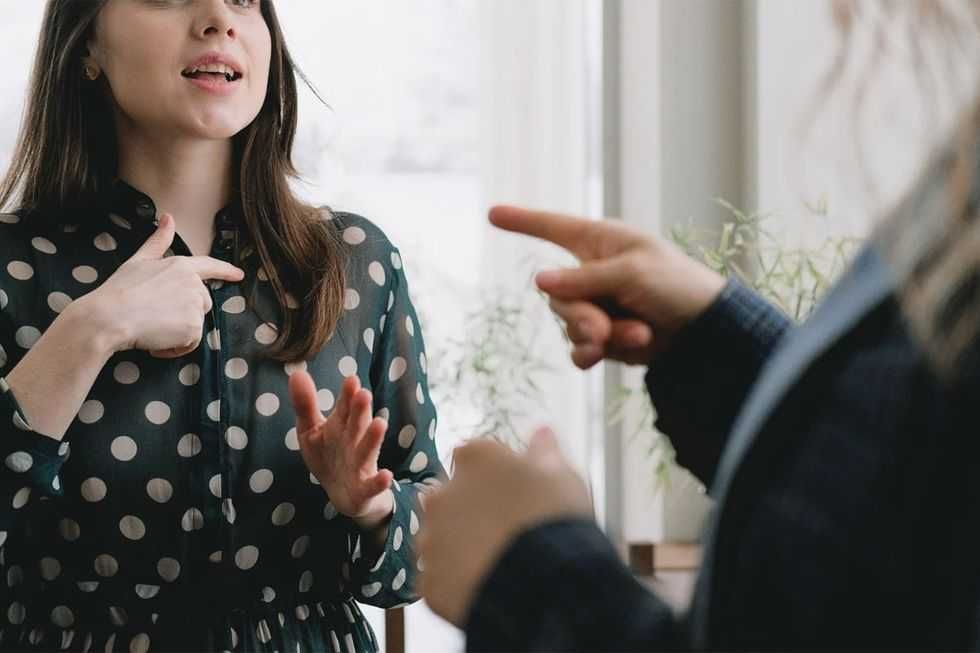 Two people having a lively conversationCanva
Two people having a lively conversationCanva 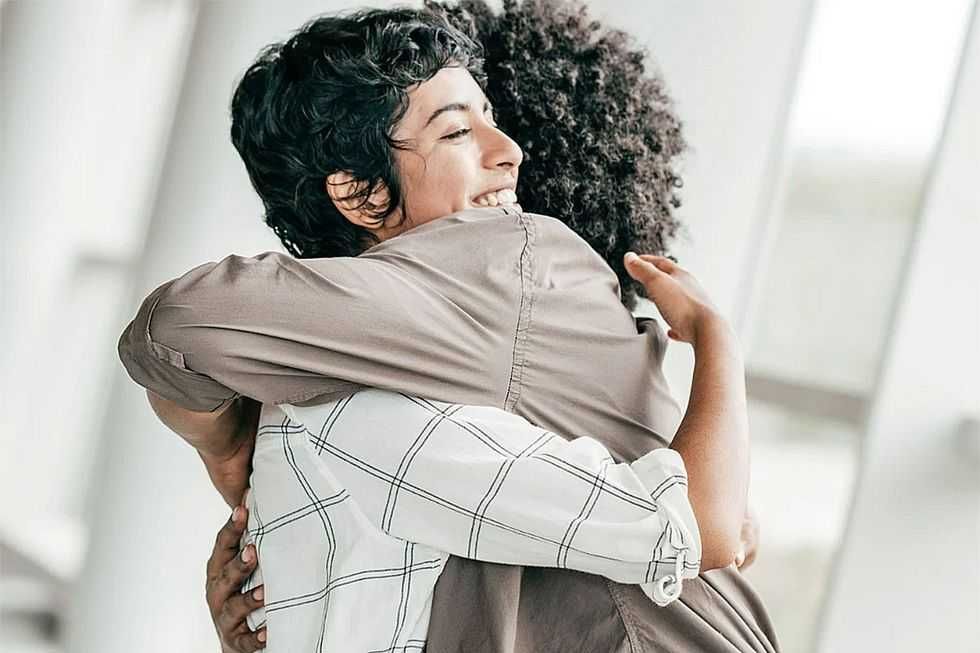 Two women embrace in a hugCanva
Two women embrace in a hugCanva 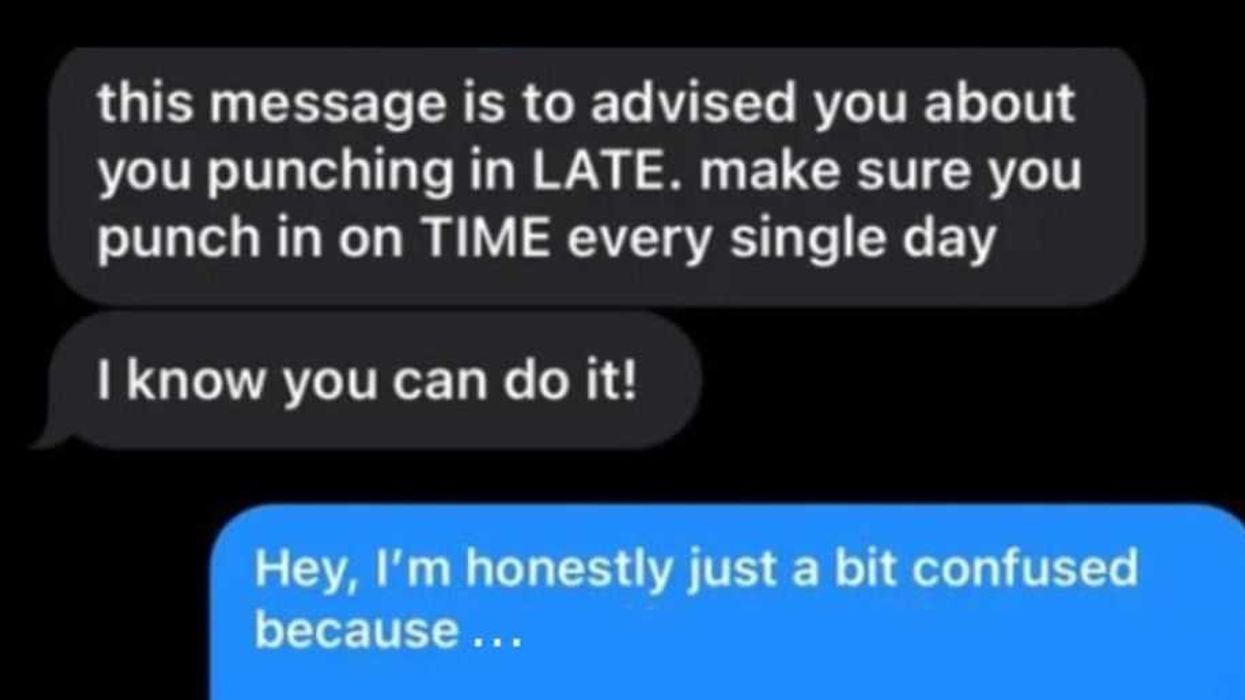
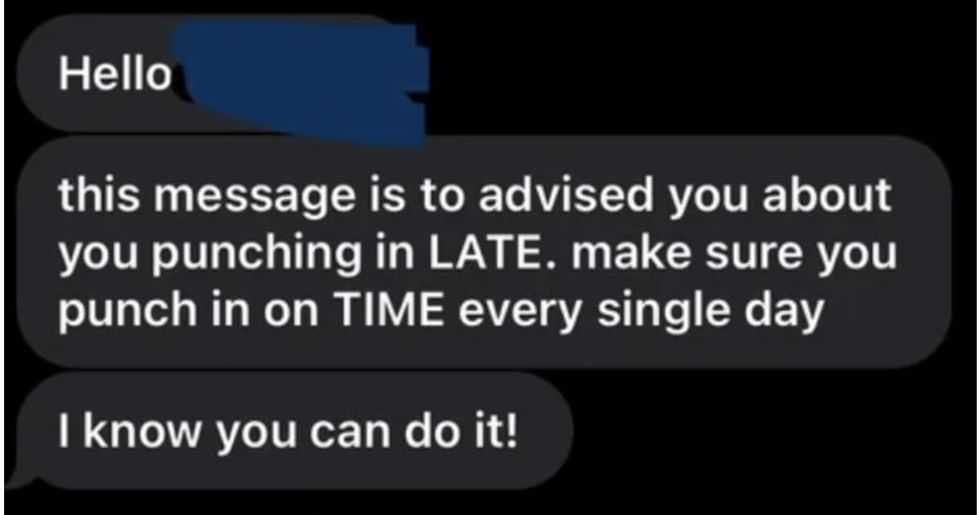 A reddit commentReddit |
A reddit commentReddit | 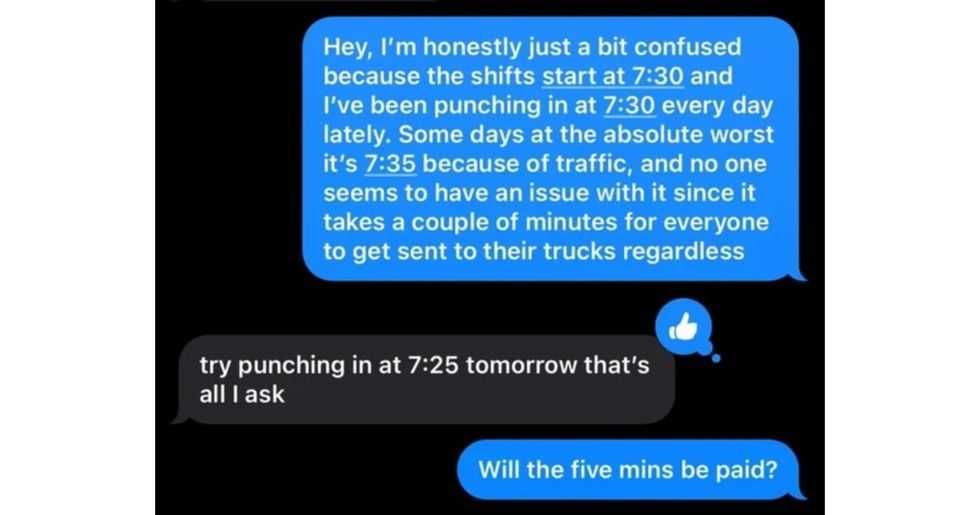 A Reddit commentReddit |
A Reddit commentReddit | 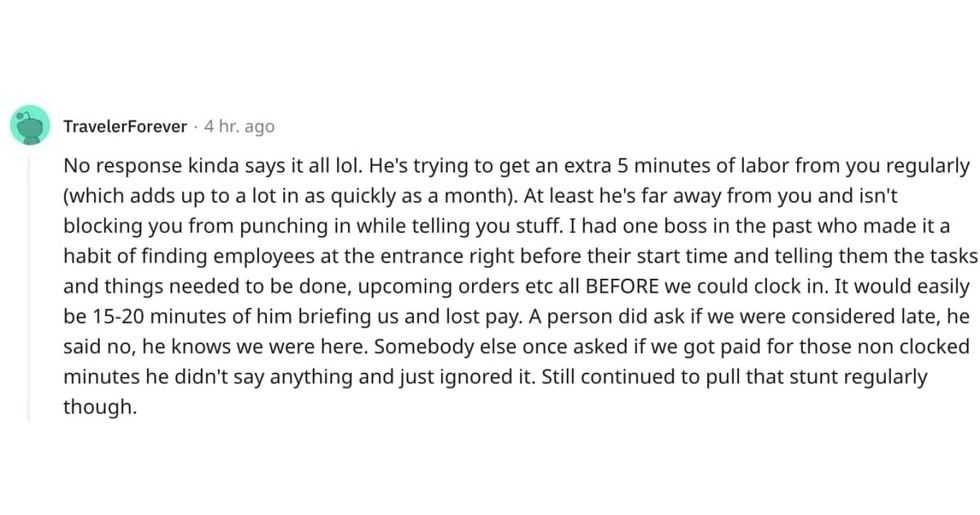 A Reddit commentReddit |
A Reddit commentReddit |  Stressed-out employee stares at their computerCanva
Stressed-out employee stares at their computerCanva
 Who knows what adventures the bottle had before being discovered.
Who knows what adventures the bottle had before being discovered. 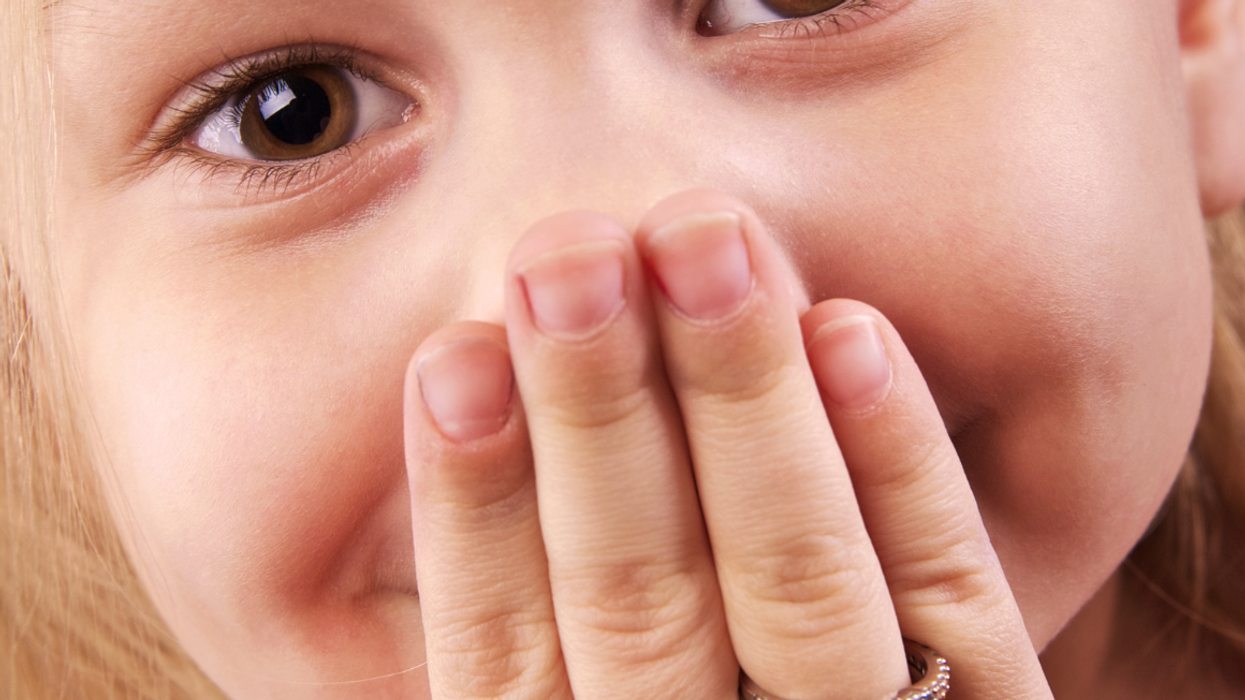
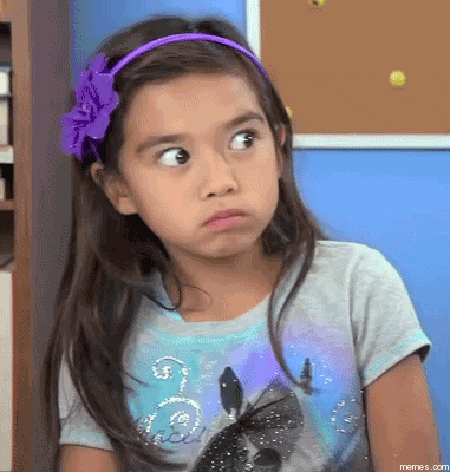 Gif of young girl looking at someone suspiciously via
Gif of young girl looking at someone suspiciously via 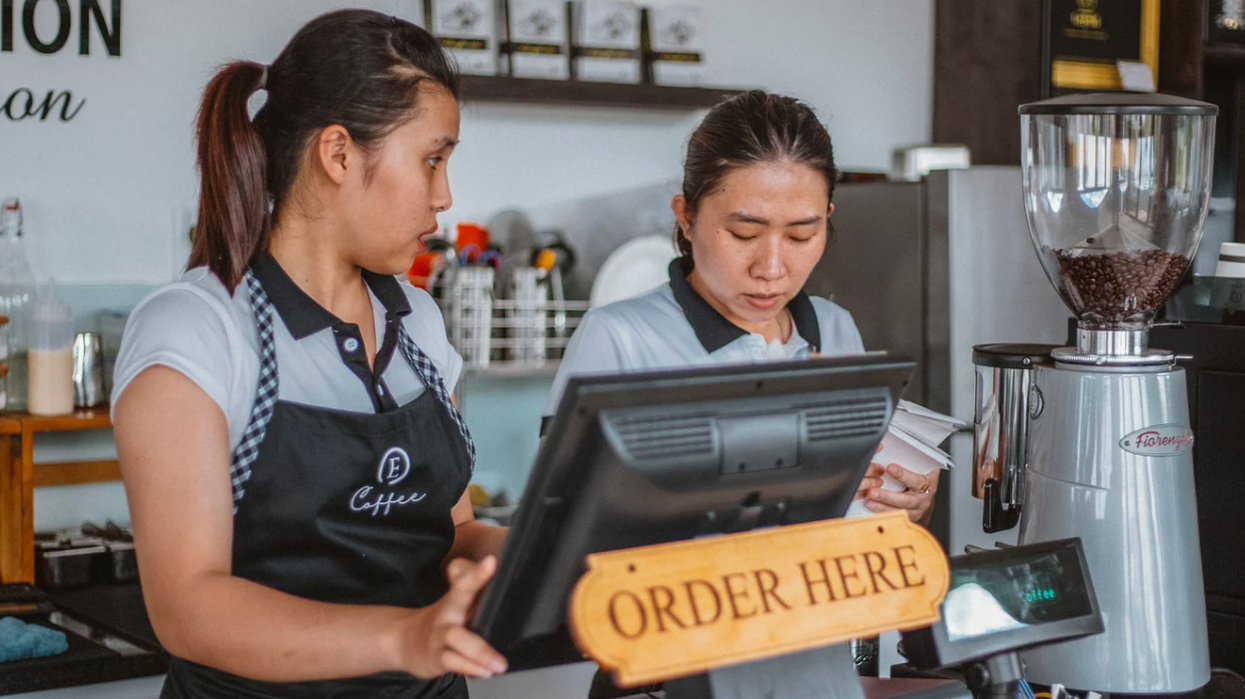
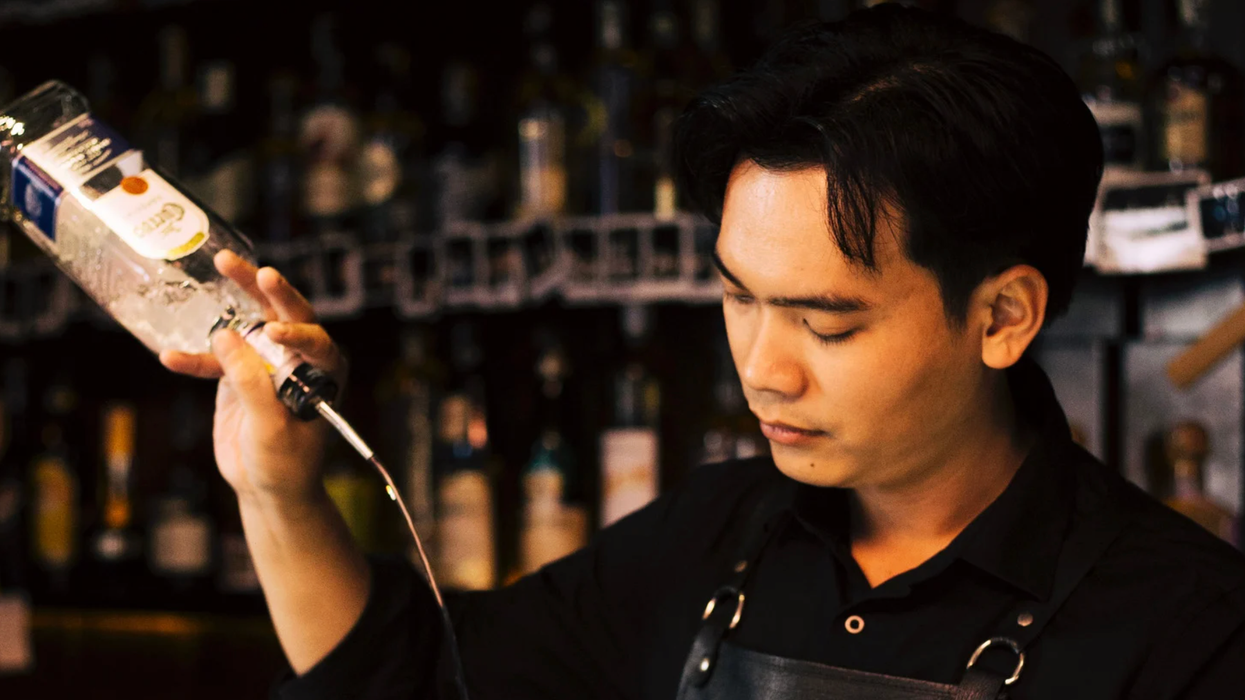
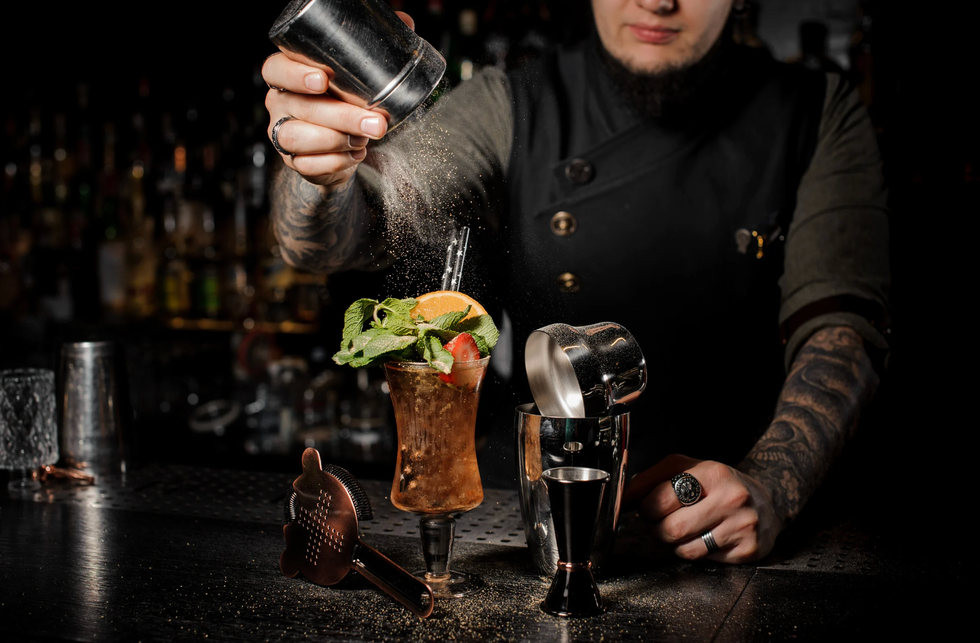 A bartender makes a drinkCanva
A bartender makes a drinkCanva